Description
No real-time live albums were released during the Beatles’ active years. Just as the Rolling Stones of the same era released live albums that covered their studio performances with cheers, there were technical constraints in recording performances at live venues, let alone studios, with the equipment of the 1960s. It seems that it was decided that it could not be done enough. Some, like Whiskey Flat and Sam Houston, have been independently recorded by local radio stations, but enthusiasts will know that, although they are collector’s items, they are not of the quality that would be officially released. Of course, from that time on, there was a movement to commercialize that enthusiasm and excitement by performing so many live shows and touring on such a large scale. On the Beatles’ first North American tour in 1964, live recording was already being done on a trial basis. That was the Hollywood Bowl performance on August 23, 1964. Furthermore, during their second North American tour in 1965, the Hollywood Bowl performance was recorded over two days. The reason why it was recorded over two days this year is probably because it was intended for full-scale release, but also because of the trouble that Paul and George’s microphones turned off after the first three songs on the first day. Thus, a total of three performances, one in 1964 and two in 1965, were officially recorded live at the Hollywood Bowl. However, the tape at this time was shelved for a long time. There were still quality issues, and since the studio recording had already been released, there were concerns that a record containing the same song, even a live version, would not sell well. Worst of all, there were no monitor speakers on stage, so the Beatles members were unable to hear themselves satisfactorily as they performed amidst the screaming voices of 17,000 people in the audience. This can be seen from the part where Paul asks the audience, “Can you hear me?” Therefore, it was not released during the Beatles’ active era. However, in the mid-1970s, about 10 years after the recording, the president of Capitol happened to listen to the live tape again and decided that it was good enough to release, so he asked George Martin to produce it again. , the project started moving again. At the same time, there may have been a part in response to the release of the 1962 Star Club live album, and audience recording, against the wishes of the Beatles members. George Martin transferred the live tape recorded on just three tracks to multitrack, selected the best tracks from the 1964 and 1965 concerts with different setlists, adjusted the sound quality, and prepared for release. . The Beatles Super Live! was released in 1977. ”. More than 10 years after the actual concert, it finally saw the light of day, albeit as an edited excerpt. This Hollywood Bowl live album became a big hit all over the world, partly because of the efforts put into promotion, and partly because it was a new album other than the Beatles’ best album after their disbandment, so it became a big hit all over the world. However, since the 1990s, when the era shifted to CDs, there were many fans who wanted the Hollywood Bowl to be made into a CD, but the original quality was a problem and it was abandoned for a long time. In 1996, “Baby’s In Black” was finally released on CD by being coupled with the single “Real Love,” but “LIVE AT THE HOLLYWOOD BOWL” remained unreleased. It has now been released on CD in 2016 as “Live at the Hollywood Bowl,” produced by Giles Martin and with four additional songs that were not included. Perhaps conscious of the album being different from the one produced by his father 40 years ago, the jacket has been updated, and the original three tracks have been remixed and remastered to present it as a new work. In other words, it can be said that the 1977 “Beatles Super Live” produced by George Martin is still out of print. And for long-time fans, I think that sound and mix will be nostalgic. As mentioned above, the two works, “Beatles Super Live” by the father in 1977 and “Live at the Hollywood Bowl” by the son in 2016, are based on the same tape, but the artwork is different. , a mix, is recognized as a completely different work. What they all have in common is that they are all edited and composed from live tapes recorded over three days: August 23, 1964, August 29, 1965, and August 30, 1965. It is. This work is a recording of each of these three days’ concerts individually, with unedited leaked soundboards. Although similar content has been released in the past, we are proud that this time, with the latest remaster and minor corrections, it is the best we can think of at the moment. [August 23, 1964 Hollywood Bowl] This is a concert that has been released since the old analog era. 1964 was their first North American tour, and it was a long one-month tour, attracting attention to places such as Montreal, Indianapolis, Whiskey Flat, and Vancouver, and many recordings now exist. They were all recorded by local radio stations, and the Beatles were probably not involved and probably played them without even knowing they were being recorded. However, regarding the Hollywood Bowl performance, it was announced in advance that a live recording would be made, and it can be said that this led to the passionate performance that can be heard in the recordings that are currently available. Furthermore, since it was recorded with equipment intended for release, the performance and sound quality are incomparably better than other remaining sound sources. The MC’s greeting before the concert begins is recorded for 5 minutes and 40 seconds. And the concert opens with Paul’s high count and intense “Twist And Shout”. John has a habit of cutting corners sometimes, but here you can see that he sings quite seriously. Paul’s high tension is also one of the highlights, and it is Paul who screams “Yay!” at the end of the song. John’s song continues, “You Can’t Do That”, the chorus of Paul and George is blurred by John’s force. The first MC was Paul. “All My Loving” is introduced as “a song from the first Capitol album” only for the American performance. Perhaps because he thought it was too much for the first two songs, he sang relatively calmly and carefully, but after the interlude, he started singing again in an overheated manner. Next, John takes charge of MC and “She Loves You” begins. The part in the middle when the cheers get louder and louder with the sound of “fu~” is probably the best evidence that the Beatles’ performance could be clearly heard by the audience. Next, it was George’s turn to be the MC. Perhaps nervous, he briefly summarizes the main points and begins “Things We Said Today.” It sounds like he is singing carefully with a low and restrained singing style. Is it Paul who is shouting in the middle introduction? It is a track that clearly conveys the enthusiasm of the time, with cheers rising as the song climaxes. Next, they played “Roll Over Beethoven” without an MC. This is George’s only vocal song at the concert. It’s rare to see George singing so fast and furiously like this. And in the chorus part of the final coda, Paul, who can’t help but want to sing, puts in the chorus again, which makes me smile. At this point, Paul stirs up the audience. “For the next song, I want everyone in the room to join in. It’s very simple. You can clap your hands, tap your feet, and make as much noise as you like.” “as much noise as you like” is borrowed from the MC here. “Can’t Buy Me Love” allows Paul, who has never had a screaming song, to sing with all his heart. This is Paul’s highlight, as he sings wonderfully with little pauses and as if gliding. This is probably the best performance of “Can’t Buy Me Love”. At this point, George changed guitars. John can be seen acting as an MC, goofing around and playing around, and you can get a glimpse of his relaxed personality. Then we move on to “If I Fell.” It’s a song with beautiful chorus work, but Paul’s enthusiasm stands out here as well. Paul’s passionate singing makes even main vocalist John overshadowed. The concert came to a climax with “I Want To Hold Your Hand,” which was probably the most famous song at the time. The same song in Washington D.C. had a great vibe, but the performance here is just as passionate. Perhaps there was some trouble on stage, and there was a pause before moving on to the next song. There is a sound of the microphone being tapped and confirmed, and you can see that John is also speaking out during the MC, which was probably supposed to be Paul. Then, the only vocal song by Ringo that begins is “Boys”. Ringo’s sharpness while playing the drums makes for a very interesting performance. Moreover, the chorus pole is no less sharp. This pole’s sharpness lasts until the end. In the first half of “A Hard Day’s Night,” John sings in that rock’n’roll voice, but in the scene where Paul from Wenanho appears, as if he had been waiting for it, he goes on to surpass that with a passionate performance. . The version of the same song performed in Paris in 1965 is also a wonderful version, but this performance at the Hollywood Bowl in 1964 is probably one of the best performances. “Long Tall Sally” concludes the concert. In “A Hard Day’s Night”, Paul was running and leaning forward, but this time, on the contrary, he sings with ease as if he regrets finishing the concert. The young Paul’s singing voice, which can freely handle the extended high notes, is truly amazing. Even after the performance, an enthusiastic atmosphere enveloped the venue, with the audience chanting “We want Beatles!” and asking for an encore. Of course, the Beatles do not respond to this request due to security reasons, but the ending is such that the residual heat of the tremendous concert seems to continue forever. As I wrote at the beginning, this Hollywood Bowl performance on August 23, 1964 has long been a popular collector’s item. However, the sound quality of the ones included in this work is a clear distinction from those. In the previous version, the vocals had a strong and dry sound quality, which gave a sound image that seemed to float compared to the performance, but in this work, the singing and performance are electrically separated, each is mastered, and then A method of reconstructing the data is being adopted. As a result, it has the appearance of a very well-balanced “live album.” The spread of the sound, the stereo feeling, the balance, and above all the good sound quality.If you listen to it and compare it with the previously released version, you will understand how superior the sound quality of this work is. [August 29, 1965 Hollywood Bowl Performance] The 1965 Hollywood Bowl performance was recorded for two days, August 29th and 30th. The 1965 North American tour was said to have calmed down somewhat compared to the previous year, but large venues such as stadiums were chosen to avoid the crowded schedule of the previous year and to attract a large number of people with a small number of performances. can be said to be a feature. The Shea Stadium on the first day is probably a symbol of this. However, the Hollywood Bowl was chosen as the venue for the Los Angeles performance, just like last year. After a quick tuning, the concert begins with “Twist And Shout”. What you immediately notice when listening to this work is that the microphones other than John are turned off. Although the performance can be heard by four people, the vocals sound like John’s solo singing. This is an interesting way to learn how John sang at the concert, but the fact that Paul and George’s chorus is turned off is probably one of the reasons why it was rejected. “She’s A Woman” is almost a karaoke song as it is a song sung by Paul, and you can only faintly hear the voice that would have been picked up by John’s microphone next to it. The audience was cheering along with the song, so it was clearly audible at the venue, so it was probably just a mistake in the recording equipment. In 1965, the set list was even more varied than the previous year. “I Feel Fine” is one of them, and is a song that looks great live, and was played until 1966. It is a track where you can enjoy John’s vocals because Paul and George’s microphones are off. John’s singing voice is truly wonderful, and it’s strange that even the occasional hoarseness seems appealing. The same goes for the following “Dizzy Miss Lizzy”, where she sings with high excitement. At this point, Paul’s microphone finally turns on. Paul is asking the venue, “Can you hear me?” as if the audience were too excited. The original tape for “Ticket To Ride” was defective, and there was a dent in the sound about 30 seconds into the song. This also exists in the 2016 version, which was remixed and remastered by Giles, and was a major drawback of the previously released version. A notable advantage of this work is that there is no such dent in the sound. George’s only vocal song is “Everyone’s Good Girl.” While there are original songs, I wonder if it was George’s sadness that his songwriting ability was not yet recognized by John and Paul when he dared to adopt a cover song as in the previous year. Compared to last year, when he was performing enthusiastically, George is very calm here. There is a part where the sound changes at 1 minute and 38 seconds, but this is thought to be due to the mixing board’s operation on the day, and does not indicate any kind of editing trace, and it was originally recorded this way. Next, Paul’s “Can’t Buy Me Love” is played. As in previous years, audience participation is encouraged. Although it is hard to say that the performance was as passionate as in 1964, it can be said that the singing was relaxed and relaxed. Listening to it again like this, it makes me think that the 1964 Hollywood Bowl, which was the first North American tour, was special. “Baby’s In Black” is played as a relaxing waltz. Ringo’s vocal was “Boys” last year, but this year it is “I Wanna Be Your Man”. This is probably an original song because it is Lennon-McCartney rather than a cover. And the concert is coming to a close. Two title songs from the movie, “A Hard Day’s Night” and “Help” are played in succession. “Help” in particular features a complex chorus work, which is beautifully reproduced on stage. This is probably their second North American tour as well. If the opening of a concert is John, the ending is Paul. “I’m Down” was played this year. This is a song that Paul wrote with Little Richard in mind. You can also hear the sound of the organ played by John in the background. You can’t tell from the sound alone whether he’s playing with his elbows like at Shea Stadium. In the anthology, Ringo is recalled as a symbol of the high tension of the members in Share, so it was probably played by hand at the Hollywood Bowl. [August 30, 1965 Hollywood Bowl performance] Recording was done again on this day because the previous day there was a blunder in which the microphones other than John were turned off during the first three songs. Since the dates were consecutive at the same venue, the sound quality was very similar to the previous day. The fact that they were recording on the second day of a series of consecutive performances with an enthusiastic performance that was free of fatigue probably also played a role in maintaining that tension in the Beatles’ consciousness. This can be said about the previous day as well, but the overall tempo of the performance feels somewhat relaxed. The MID-NIGHT BEAT edition, on which this sound source first appeared, had pitch disturbances common with old tapes, and the performance felt unnecessarily slow, but even with this work, which has perfect pitch adjustment, , it is undeniable that it feels more relaxed than in 1964. The content of the concert is the same as the previous day, so I will omit it, but since it was recorded in 1965, recording technology is constantly advancing, and when you listen to this work you can clearly see that the sound quality has improved dramatically compared to 1964. On the other hand, George Martin’s skill in editing the 1964 and 1965 recordings and creating a seamless live album stands out. On both days in 1965, as in 1964, the song and performance were electronically disassembled, each was mastered, and then reconstructed. As a result, the result is a very well-balanced and beautiful “live album.” I would like you to listen to this and compare it with the previously released version, as the sound spread, stereo feeling, balance, and above all, the sound quality is good. [1977 RE-MASTER] The composition of this work includes two performances in 1964 on Disc 1 and 1965 on Disc 2. And since there is only one sound left on Disc 1 in 1964, the second half contains the remastered sound source of George Martin’s 1977 Hollywood Bowl. Compared to the modern 2016 Giles version, this one seems to have a sound quality that is closer to what the Beatles intended, and there are probably many enthusiasts who are familiar with this sound. The content is compiled from three performances in 1964 and 1965, and although it is an impossible setlist, it has the best content and is consistent in sound quality, so there is no discomfort. What supports this sense of unity is the deep echo applied to the vocals. By applying this kind of echo processing to the vocal track, which originally had a dry texture, we can see Martin’s intention to give it a sense of unity, as well as thickness and spaciousness. [This work “LIVE AT THE HOLLYWOOD BOWL NEW REMASTERED STEREO”] Disc 1 of this work includes the first half performed at the Hollywood Bowl on August 23, 1964, the second half is a Martin remaster released in 1977, and the first half of disc 2 is August 1965. The second half includes the August 30, 1965 Hollywood Bowl performance. All of them have been remastered using the latest technology and far surpass the previous releases, and among the many Hollywood Bowl performances that have been released so far, this work is probably the best in terms of sound source. DISC ONE HOLLYWOOD BOWL LOS ANGELES CA U.S.A. AUGUST 23, 1964 01. Introduction 02. Twist And Shout 03. You Can’t Do That 04. All My Loving 05. She Loves You 06. Things We Said Today 07. Roll Over Beethoven 08 . Can’t Buy Me Love 09. If I Fell 10. I Want To Hold Your Hand 11. Boys 12. A Hard Day’s Night 13. Long Tall Sally “LIVE AT THE HOLLYWOOD BOWL” 1977 RELEASE VERSION RE-MASTER 14. Twist And Shout 15. She’s A Woman 16. Dizzy Miss Lizzy 17. Ticket To Ride 18. Can’t Buy Me Love 19. Things We Said Today 20. Roll Over Beethoven 21. Boys 22. A Hard Day’s Night 23. Help 24. All My Loving 25. She Loves You 26. Long Tall Sally DISC TWO HOLLYWOOD BOWL LOS ANGELES CA U.S.A. AUGUST 29, 1965 01. Introduction 02. Twist And Shout 03. She’s A Woman 04. I Feel Fine 05. Dizzy Miss Lizzy 06. Ticket To Ride 07. Everybody’s Trying To Be My Baby 08. Can’t Buy Me Love 09. Baby’s In Black 10. I Wanna Be Your Man 11. A Hard Day’s Night 12. Help 13. I’m Down HOLLYWOOD BOWL LOS ANGELES CA U.S.A. AUGUST 30, 1965 14. Introduction 15. Twist And Shout 16. She’s A Woman 17. I Feel Fine 18. Dizzy Miss Lizzy 19. Ticket To Ride 20. Everybody’s Trying To Be My Baby 21. Can’t Buy Me Love 22. Baby’s In Black 23. I Wanna Be Your Man 24. A Hard Day’s Night 25. Help 26. I’m Down
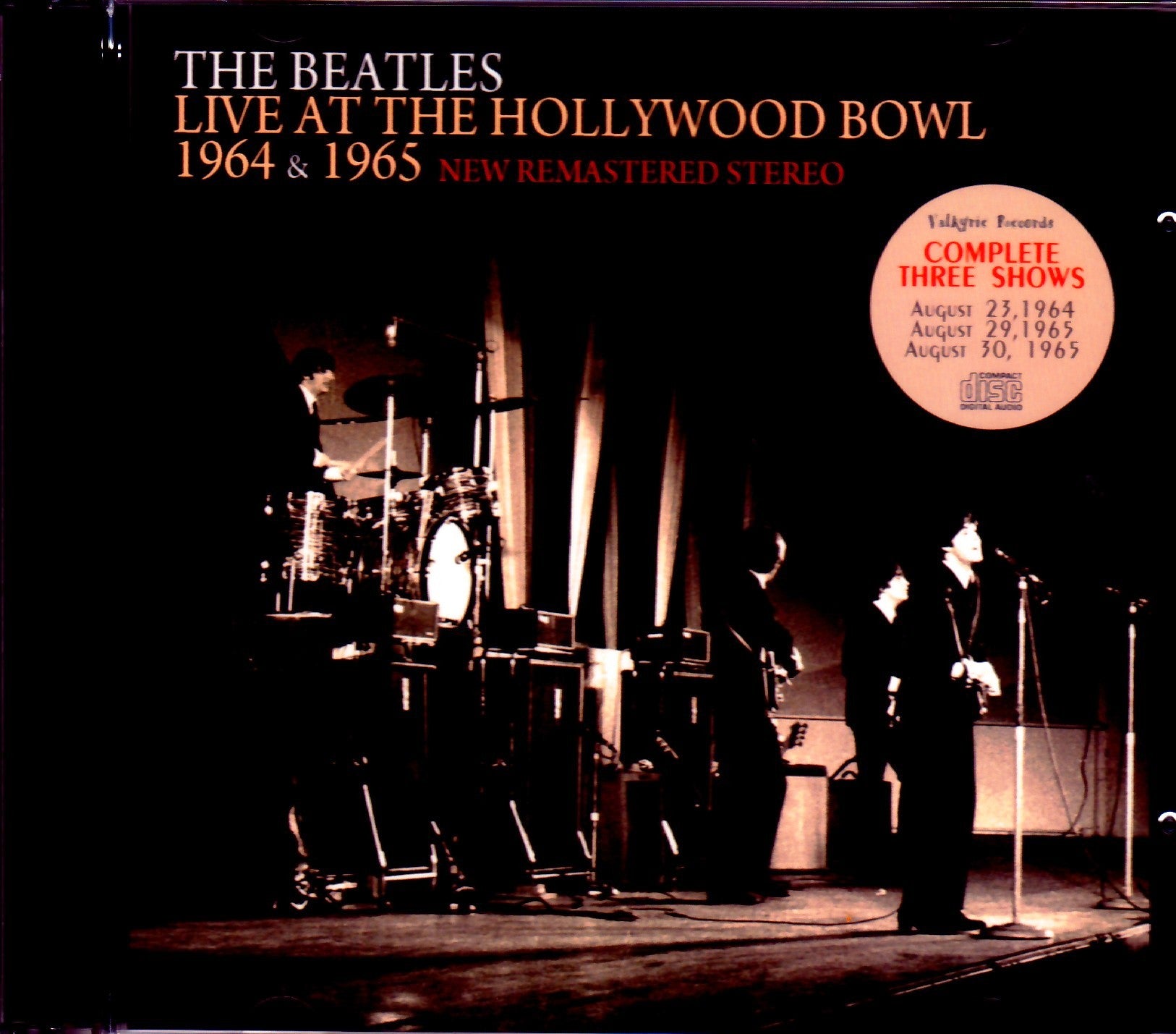
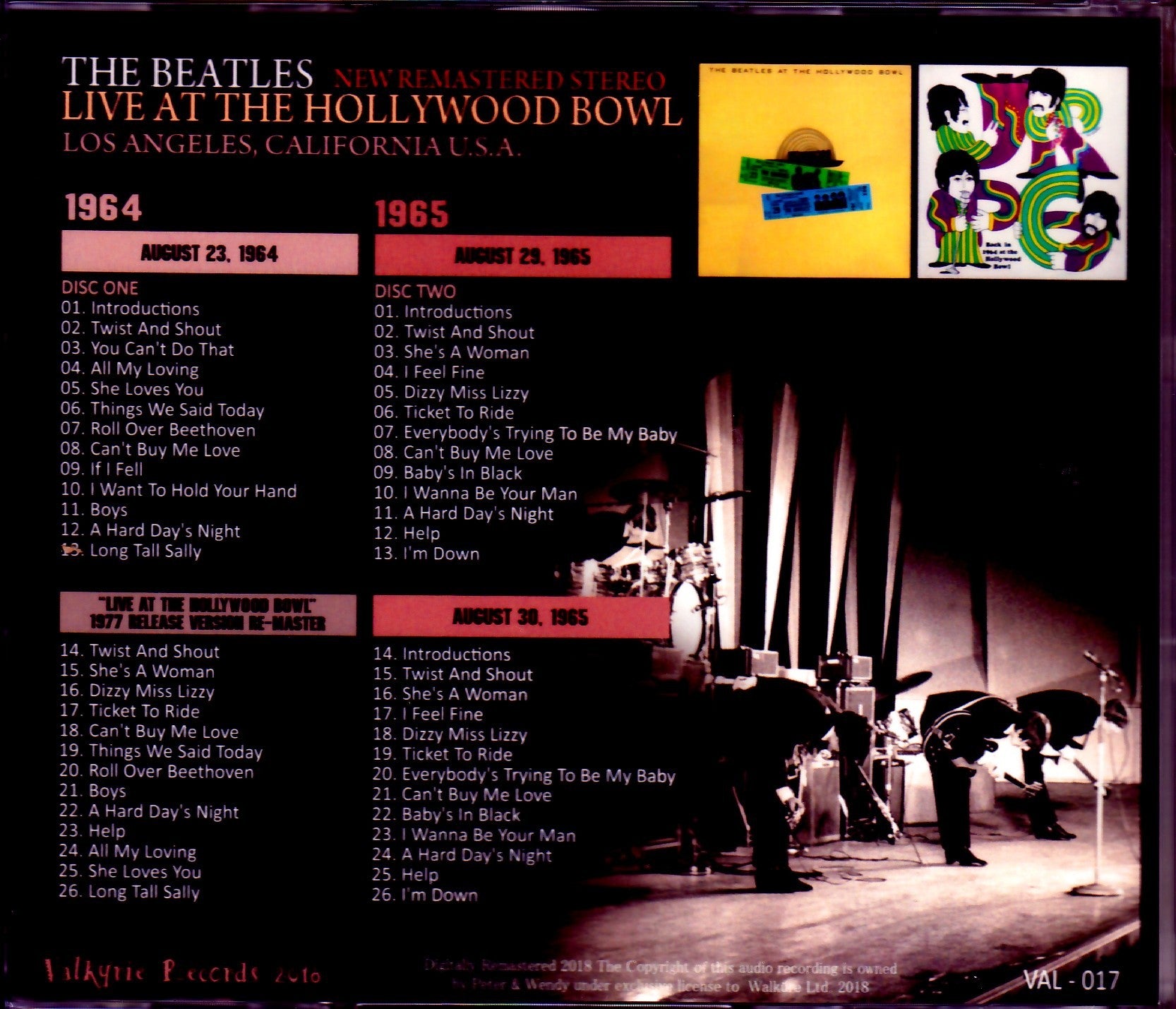

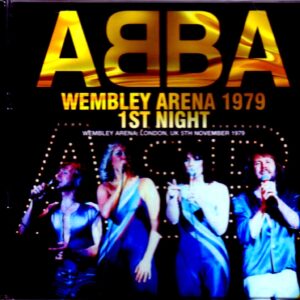
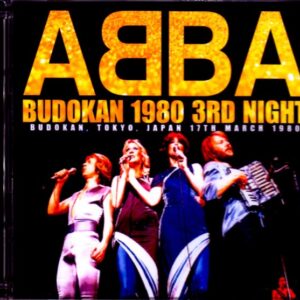
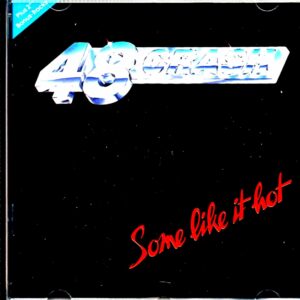
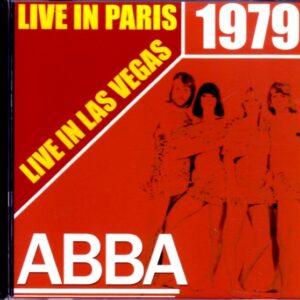
Reviews
There are no reviews yet.